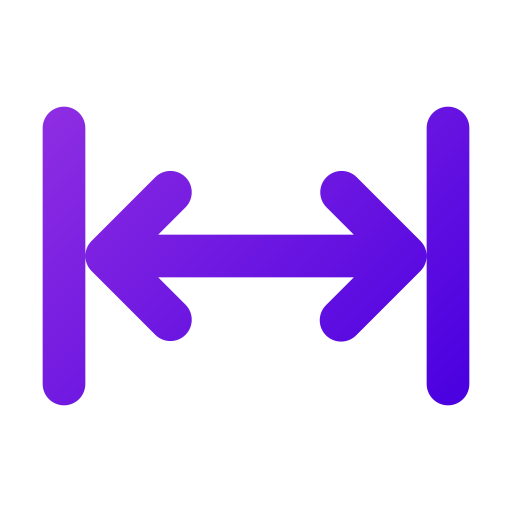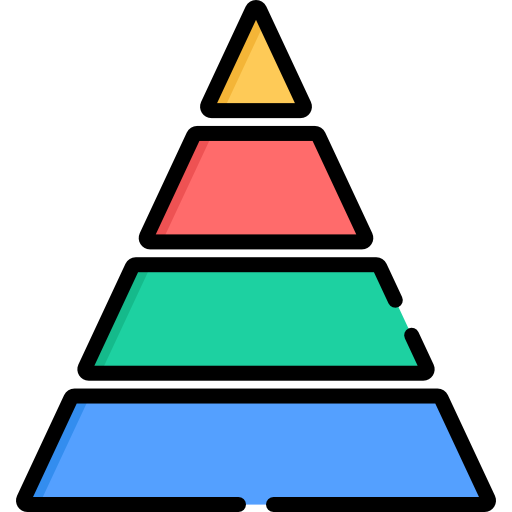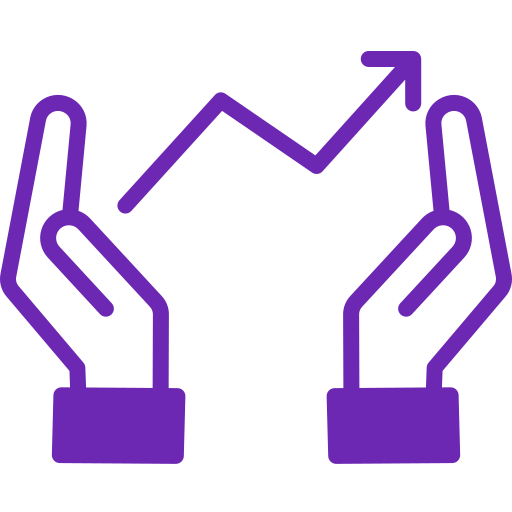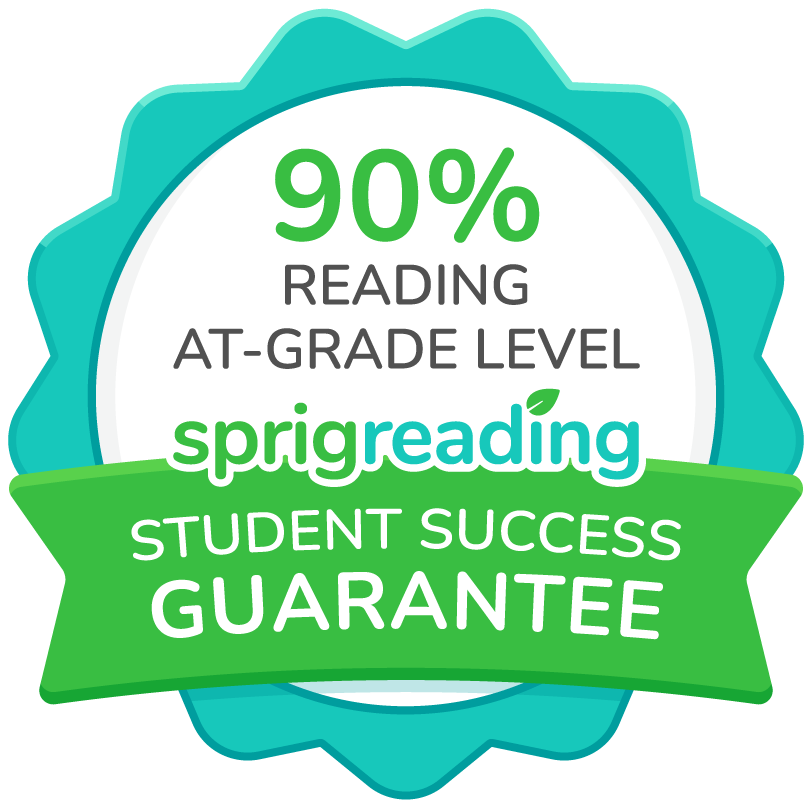Early-grade literacy assessments have come under increased scrutiny, with mandated screeners now required across much of the U.S. and Canada, typically administered one to three times a year.
This introduces a level of accountability with mandated checkpoints on early literacy throughout the year. It also adds responsibility to take action for students who struggle based on results of the first screener, ensuring support between the first and second, and potentially second and third screeners.
By addressing key questions about the necessary information and potential actions, the right early literacy assessment strategy can be thoughtfully developed.
A detailed list of such questions, along with possible actions informed by the answers, is provided in the article “What To Do With Early Literacy Assessments.”
One such question was, “In what components of literacy do students need additional support?”
It’s so important to know where help is needed for each student.
Another related question was, “What supplemental instruction is required for students?”
It is equally important to know what that help may look like in the form of supplemental instruction which could be enhanced or personalized.
This article further examines these questions as it has to do with the topic of content coverage in early literacy assessments.
It defines assessment content coverage and its properties, and the effect it can potentially have on early readers.
Definition of Assessment Content Coverage.

Assessment coverage refers to the content evaluated in early literacy assessments. When selecting assessments, it’s crucial they align with your existing curriculum or standards.
Otherwise, there’s a risk of overlooking critical content areas, skills and competencies, leading to gaps in accountability and students potentially not meeting expectations.
If the curriculum or standards fall short of evidence-based early literacy practices, assessments can serve as an enhancing tool. They can prompt teachers to evaluate areas overlooked by the curriculum, offering a backup method of instruction. This ensures that essential skills, even if not covered in the original syllabus, are explicitly taught and assessed.
Thus, strong content coverage can both complement and enhance existing curriculum or standards.
What is Measured in Early Literacy Assessments?
Early literacy assessments should measure developmentally appropriate knowledge domains necessary for successful reading by a certain age, typically by the end of Grade 3.
This is the critical point when students transition from learning to read to reading to learn.
These domains encompass both breadth and depth, which are explored in the following section.
Number of Different Reading Domains (Breadth)

Breadth refers to the range of different domains covered by early literacy assessments.
Each large domain encompasses several subdomains, which may further branch into more specific areas of focus.
For example, reading comprehension is a large domain that can be divided into smaller domains of word reading and decoding. These domains can be further subdivided into skill sets like phonics, phonological awareness, etc.
Breadth ensures that assessments capture a comprehensive picture of a child’s literacy development, addressing all critical components required for reading proficiency.
Larger Concepts and Smaller Concepts in Each Domain (Depth)

Depth refers to the thoroughness with which each domain is explored in early literacy assessments.
The most comprehensive domains are fewer in number, but each delves deeply into multiple topics of learning.
These topics, in turn, branch out into various sub topics, ensuring a detailed and nuanced understanding of a child’s literacy development.
Depth allows educators to assess not just surface-level skills but the underlying competencies essential for reading success.
For example, if reading comprehension issues arise, word reading may be assessed. If word reading is adequate, phonological awareness can be assessed. If phonological awareness is also fine, the issue may lie in a specific skill, such as phoneme blending, which must also be assessed.
How Does it Affect Early Readers?

The breadth and depth of the reading domains together constitute the content coverage of early literacy assessments.
It is extremely important for early readers because every school must measure the right domains which actually lead to reading success and can be affected by effective reading instruction.
Thus, schools have to make sure that the content coverage is broad enough, at the very least that it covers the main foundational reading skill sets such as phonological awareness, reading comprehension and oral reading fluency.
The Reading League’s Curriculum Evaluation Guidelines recommend that assessments address both word recognition and language comprehension.
Schools must also ensure that the content coverage is deep enough, meaning each of the foundational skill sets have enough skills underneath them so that the smallest unit of learning can be measured.
This truly identifies any gaps that may be holding students back.
Content Coverage in Early Literacy Assessments. Especially Relevant for Progress Monitoring.

This article establishes the importance for content coverage in early literacy assessments.
It is applicable for all types of assessments, be it benchmark screeners, diagnostic assessments, progress monitoring assessments or end-of-the-year outcome assessments.
It is especially applicable for progress monitoring assessments because compared to all other assessment types, its recommended application is most frequent.
They are ideally conducted multiple times per week, if not daily.
Thus, due to its repetitive nature, it can quickly reveal insights on students and groups of students that are not revealed in other types of assessments.
But these insights are only as good as what is being measured, hence adequate content coverage of early literacy assessments proves to be so important.
Strong content coverage in early literacy assessments goes beyond adequacy, significantly enhancing the effectiveness of progress monitoring!
According to ONlit, a resource hub provided by the Ontario Ministry of Education, progress toward research-backed goals can vary in meaning, from mastering multiple sub-skills to meeting curriculum-based reading outcomes throughout the year.
Strong content coverage covers all these dimensions of progress monitoring goals!
It gives the early literacy team a chance to measure the rate of improvement towards these goals and take appropriate actions if the progress is not deemed sufficient.
By providing a comprehensive view of each student’s progress, it enables educators to measure the impact of instructional strategies that are prescribed for these foundational literacy skills.
Thus, both interventions and differentiated instruction are covered!
Many research studies and state education departments recommend such a process for effectively using progress monitoring, which actually stands on having solid content coverage in early literacy assessments!
Looking for a progress monitoring tool that helps teachers assess all the research-backed foundational skill sets? Visit Sprig Reading.
Sprig Reading 3.0 Has Launched!

Sprig Reading is a progress monitoring tool for teachers to regularly track reading progress, ensuring every student masters the foundational skills required to read at grade-level.

